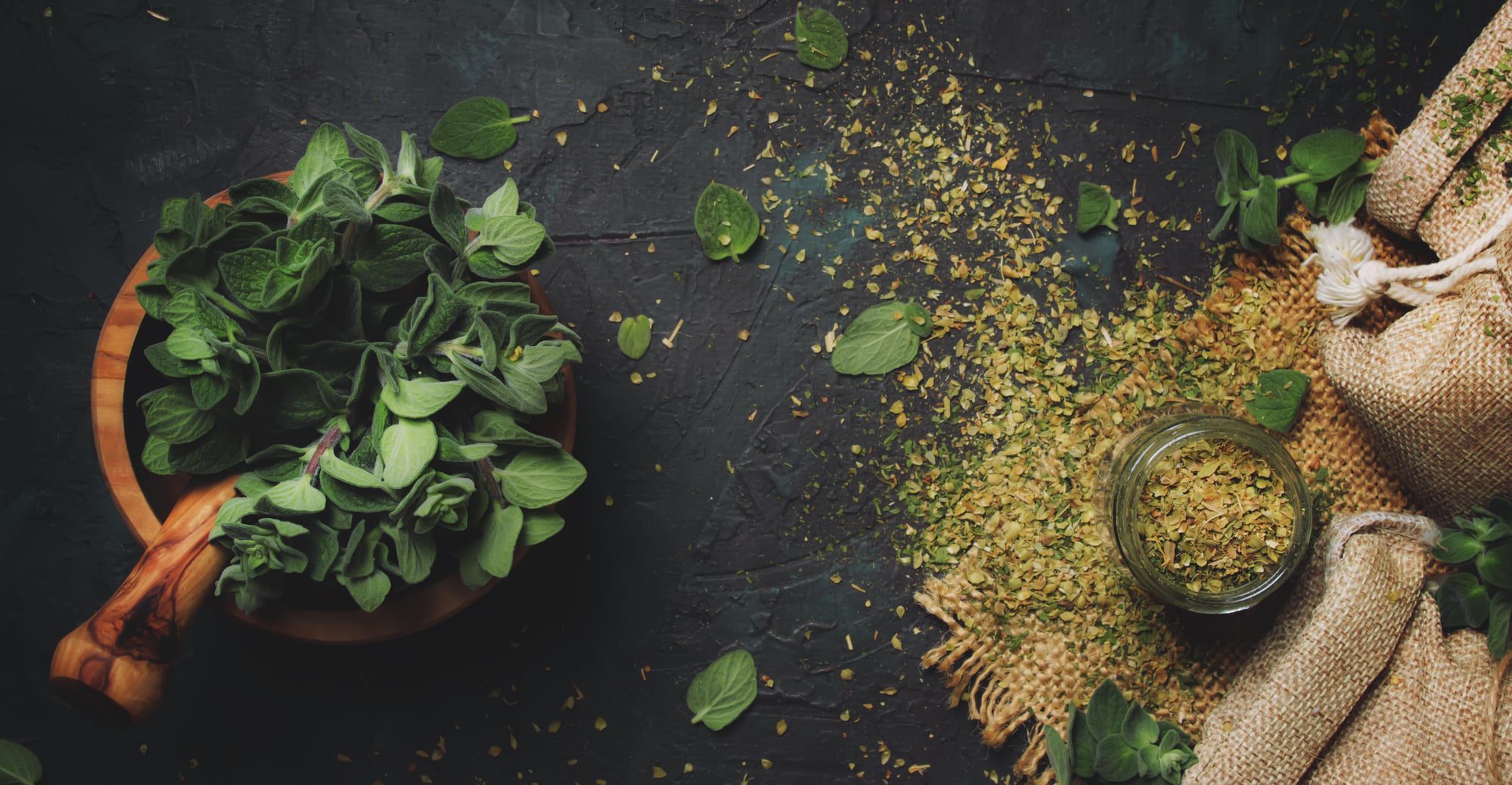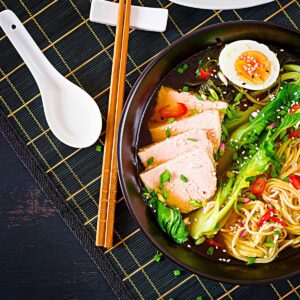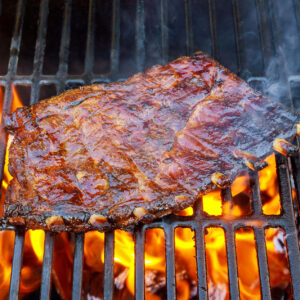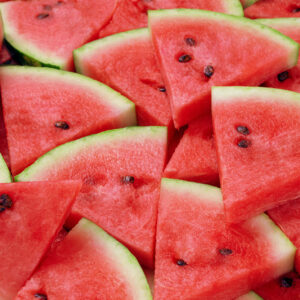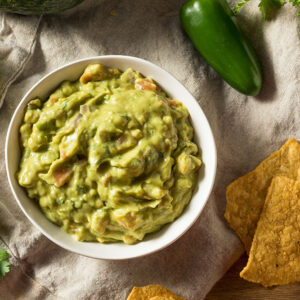Spices are an essential part of creating delicious and flavorful dishes. It stands to reason that this would be true, especially when creating Italian dishes. Spices are particularly prevalent in Italian cooking in dishes from meatballs to different kinds of pasta to pizza. Aside from rich olive oil and fresh produce, Italian spices just may be the most important part of Italian cooking.
If you’re not experienced with Italian cooking and spices, what takes the most time to figure out is which spices to use with which components of each dish and which combinations work well together to create that authentic Italian taste you are looking for. Below are 5 Italian spices that are easy to use to get you started.
Video Overview
Not only is Rosemary easy to use, but it’s also easy to grow for yourself. There’s nothing quite like a freshly grown herb from your own garden to have fresh in your Italian meals. In traditional Italian cooking, Rosemary is frequently used when adding a spicy, peppery yet floral flavor to stocks and roasted meats.
When you begin creating your Italian dish, all you’ll need is to add a small amount of Rosemary to give your dish some big flavor. You’ll have a delicious dish with a woody, peppery taste. Rosemary is especially good when cooking homemade focaccia.
Basil
Basil is the second to none herb in Italian cuisine. The flavor of Basil is fresh and bright, and it goes well with Italian staples like balsamic vinegar, tomatoes, and cheese. Basil Pesto is another popular Italian favorite.
Basil can be used in both its fresh and dried variety. Fresh Basil is most commonly used in cold dishes. It can also be added after cooking. Its dry counterpart is used to flavor things such as soups and pasta sauces that take some time to cook. Basil also is beneficially antibacterial, which is good for your health.
Sage
Have you had the Italian dishes risotto, gnocchi, or the ever-common ravioli? If you have, you’ve most likely had Sage, a common herb used in these fabulous Italian dishes. Sage has been used all over the world for its health properties, such as its ability to aid in digestion and its anti-inflammatory properties. Sage has a naturally warm aroma and enhances heavier Italian dishes. Sage can also be fresh or dried and is a complementary herb in either variety.
Parsley
One of the most universally used herbs in Italian cooking is Prezzemolo or better known as Parsley. The chances are that you will not find a sauce, soup, or pasta without Parsley.
Parsley typically comes in flat-leaf and curly-leaf varieties. However, the flat-leaf Parsley is so much more commonplace in Italian dishes. Although curly leaf parsley is great for fine chopping and garnishing, the flat-leaf variety has a more full-bodied taste for adding flavor to dishes as they cook.
Additionally, Parsley has many vitamins and minerals. It is also frequently added to a variety of dishes to complement other spices because of its natural ability to enhance other flavors.
Oregano
Oregano is traditionally used in many Sicilian and southern Italian dishes. It works well in everyday cooking with tomato-based pasta sauces. Oregano is also used dry or fresh. Dried is more commonly preferred since the strong, spicy flavor comes out more after the herb has been dried.

